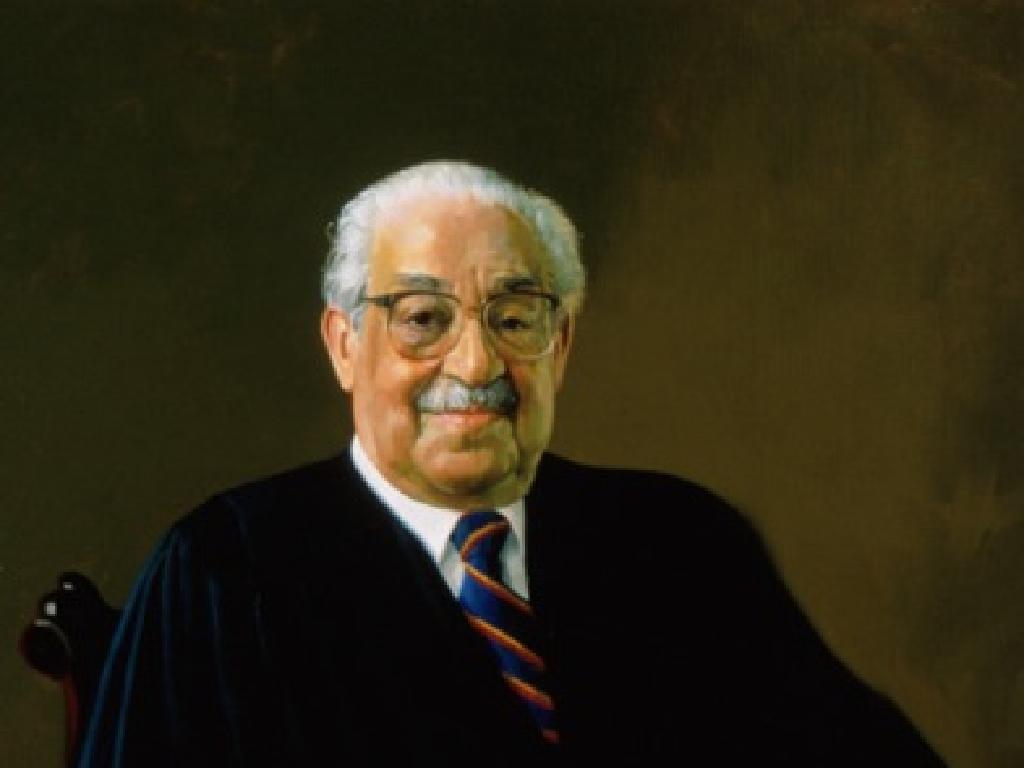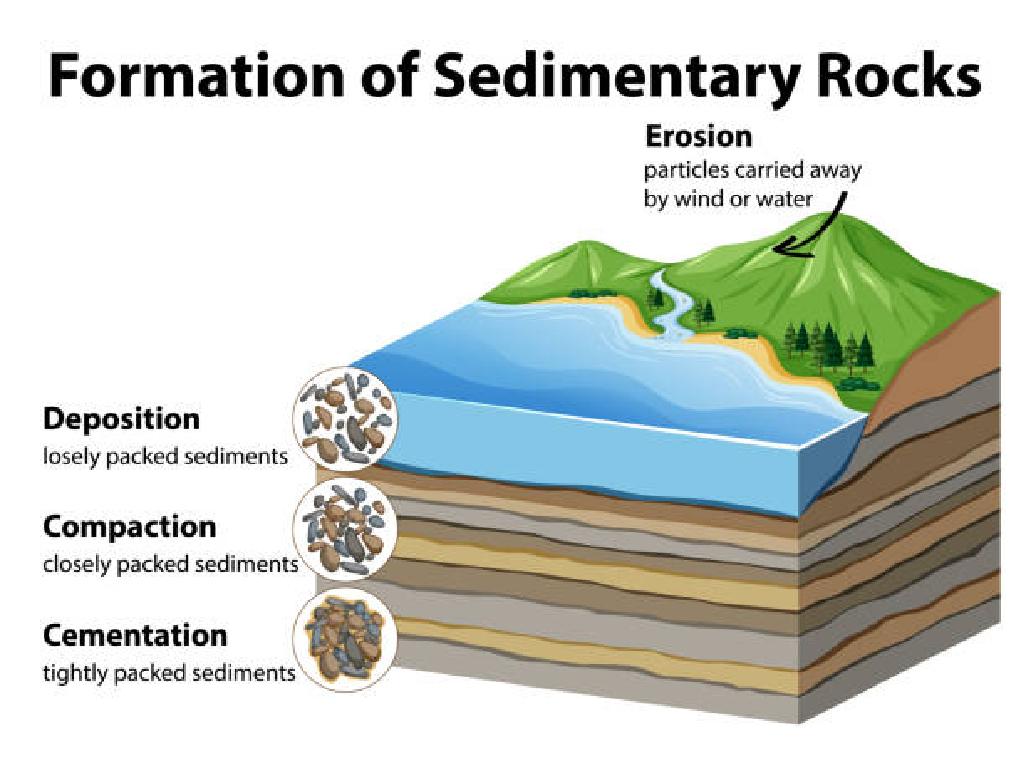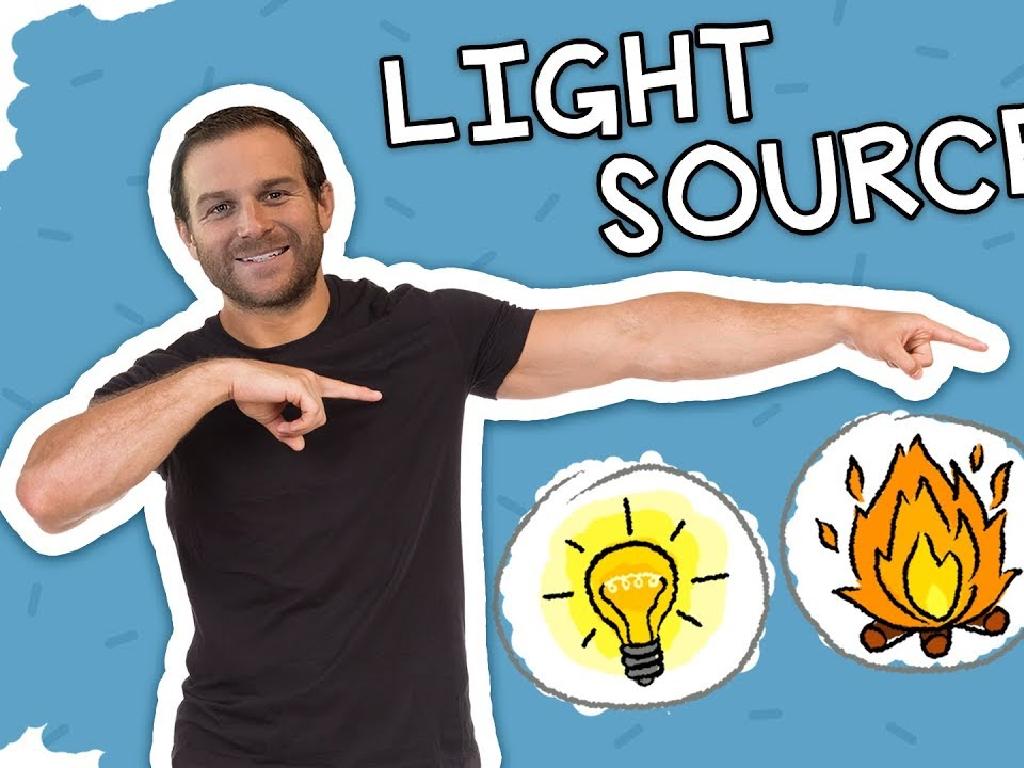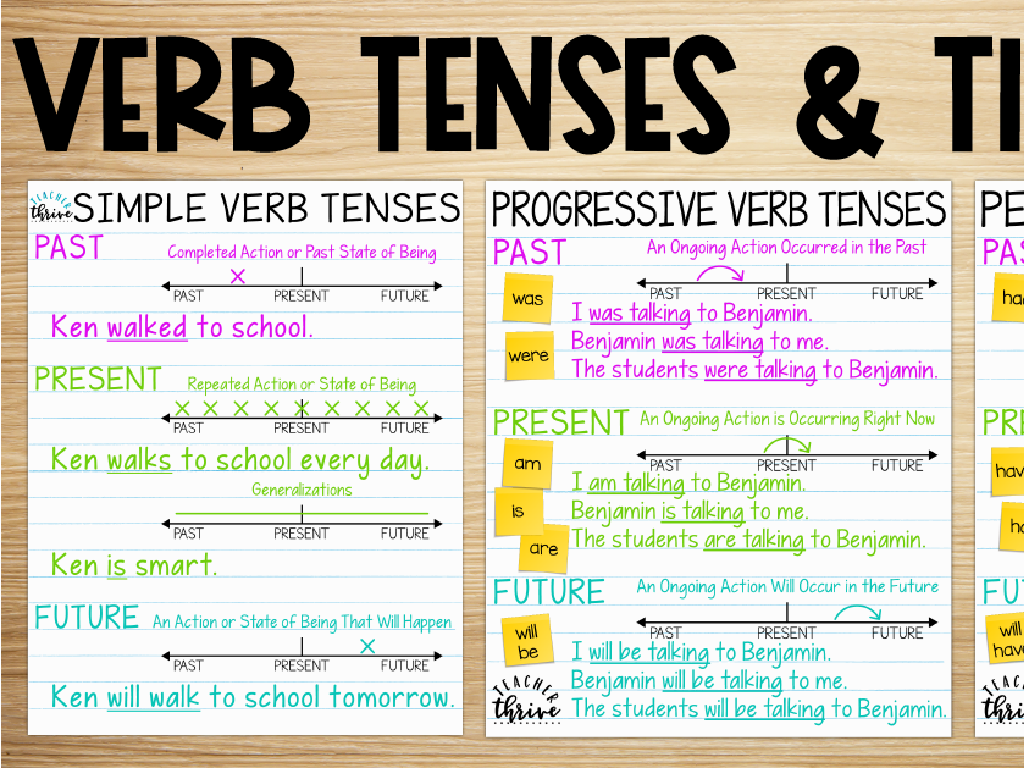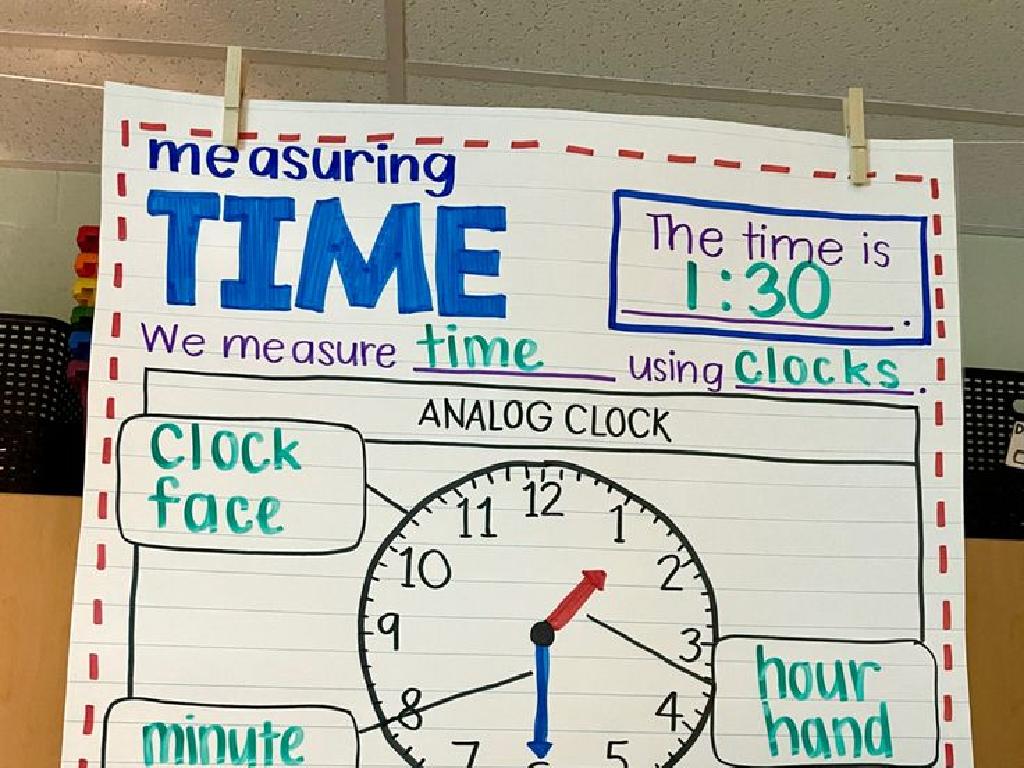Combine Sentences Using Relative Clauses
Subject: Language arts
Grade: Seventh grade
Topic: Phrases And Clauses
Please LOG IN to download the presentation. Access is available to registered users only.
View More Content
Combining Sentences with Relative Clauses
– Understanding sentence structure
– Defining phrases and clauses
– Phrases are groups of words without a subject-verb pair
– Introduction to relative clauses
– Clauses that describe nouns, starting with who, whom, whose, which, or that
– Combining sentences using relatives
– Use relative clauses to add details without starting a new sentence
|
This slide introduces the concept of sentence structure and the role of phrases and clauses, setting the stage for a deeper dive into relative clauses. Start by explaining that phrases are components of a sentence that can’t stand alone, while clauses contain a subject and a verb and express a complete thought. Emphasize that relative clauses are a type of dependent clause that provide additional information about a noun without the need for a new sentence. They begin with relative pronouns like ‘who’ or ‘which.’ Encourage students to practice combining sentences using relative clauses to make their writing more fluid and detailed. Provide examples and exercises for students to work on, ensuring they grasp the concept of enhancing sentences with relative clauses.
Understanding Clauses in Sentences
– Define a clause
– A clause is a group of words with a subject and a verb.
– Independent vs. Dependent
– Independent can stand alone; dependent cannot.
– Examples in sentences
– ‘I enjoy pizza’ (independent); ‘that I made at home’ (dependent).
|
Begin the lesson by defining a clause as a fundamental grammatical structure containing a subject and a predicate. Highlight the distinction between independent clauses, which can stand alone as a sentence, and dependent clauses, which cannot. Use clear examples to illustrate both types of clauses. For instance, ‘I enjoy pizza’ is an independent clause that expresses a complete thought, whereas ‘that I made at home’ is a dependent clause that adds information to an independent clause but cannot stand alone. Encourage students to identify clauses in sentences and practice distinguishing between the two types. This understanding is crucial for combining sentences using relative clauses, which will be covered in subsequent slides.
Combining Sentences Using Relative Clauses
– Define relative clauses
– A part of a sentence that describes a noun and starts with a relative pronoun
– Connect ideas with clauses
– They link sentences to add more info without starting a new sentence
– Learn relative pronouns
– ‘who’ for people, ‘which’ for things, ‘that’ for both, ‘whom’ and ‘whose’ for possession
– Examples of relative clauses
– ‘The student who studies hard will excel.’ ‘The cake, which was delicious, vanished quickly.’
|
This slide introduces the concept of relative clauses, which are essential for combining sentences to add detail and avoid repetition. Start by defining a relative clause and how it functions within a sentence. Explain that relative clauses allow us to connect ideas smoothly, making our writing more fluent and coherent. Highlight the relative pronouns ‘who,’ ‘whom,’ ‘whose,’ ‘which,’ and ‘that,’ and provide examples of how they are used to introduce relative clauses. Use examples that are relevant to the students’ experiences. Encourage students to practice by combining sentences using different relative pronouns and to be mindful of the clause’s role in providing additional information about the noun.
Combining Sentences Using Relative Clauses
– Purpose of combining sentences
– To make writing more engaging and concise
– Relative clauses add info
– Who, whom, whose, which, that – connect ideas
– Examples: clarity and detail
– ‘The dog barked. It was loud.’ becomes ‘The dog that barked was loud.’
– Practice combining sentences
|
This slide introduces the concept of using relative clauses to combine sentences, which enhances writing by making it more fluid and less choppy. Explain that relative clauses begin with relative pronouns like ‘who,’ ‘whom,’ ‘whose,’ ‘which,’ or ‘that’ and provide additional information about a noun without starting a new sentence. Use examples to show how combining sentences can add clarity and detail to writing. Encourage students to practice this skill by taking two simple sentences and combining them into one using a relative clause. This will prepare them for more advanced writing tasks and improve their ability to express ideas clearly.
Let’s Practice: Combining Sentences with Relative Clauses
– Identify relative clauses in examples
– A relative clause starts with who, that, which, whose, where, when.
– Combine sentences using relative clauses
– Take two simple sentences and connect them with a relative clause.
– Share your new sentences
– Present your combined sentence to the class for discussion.
– Understand the use of relative clauses
– Grasp how relative clauses add detail to a subject or object.
|
This slide is for a class activity focused on understanding and applying relative clauses. Start by explaining what a relative clause is and how it can connect ideas in sentences. Provide clear examples on the board for students to identify the relative clauses. Then, give students pairs of simple sentences and have them practice combining them using appropriate relative clauses. Encourage creativity and critical thinking. Afterward, create a supportive environment for students to share their sentences with the class. This will help them learn from each other and gain confidence in their understanding of relative clauses. As a teacher, be prepared to offer guidance and corrections where necessary, and praise students for their efforts.
Your Turn: Crafting Stories with Relative Clauses
– Write your own short story
– Include at least five relative clauses
– Clauses like ‘who’, ‘which’, ‘that’ connect ideas
– Each clause should add detail
– Describe characters or objects with clauses
– Prepare to present your story
|
This activity is designed to help students practice using relative clauses in a creative context. A relative clause is a way to give more information about a noun, connecting ideas smoothly. They should use ‘who’ for people, ‘which’ for things, and ‘that’ for either. Encourage students to be descriptive and use the clauses to add depth to their stories. For example, ‘The dog, who was always hungry, decided to follow the boy with the sandwich.’ This exercise will help them understand the function and utility of relative clauses in writing. Have a few students share their stories with the class to demonstrate the varied use of relative clauses in storytelling.
Class Activity: Crafting Sentences with Relative Clauses
– Group activity: combine sentences
– Use relative clauses effectively
– Who, whom, whose, which, that – use these to connect sentences
– Discuss the sentence outcomes
– Is the new sentence clearer or more descriptive?
– Present the best sentence to class
|
This activity is designed to help students practice using relative clauses to combine sentences. Divide the class into small groups and write pairs of sentences on the board. Each group will work together to combine the sentences using appropriate relative clauses. After combining sentences, groups will discuss how the new sentence compares to the original pair in terms of clarity and descriptiveness. Finally, each group will choose their best sentence to present to the class. As a teacher, facilitate the activity by providing guidance on using relative clauses and encourage students to explore how these clauses can change the nuance of a sentence. Possible sentences to combine could include: ‘The girl is my neighbor. She has a telescope.’ or ‘The cake was delicious. It had chocolate frosting.’
Wrapping Up: Relative Clauses
– Recap of relative clauses
– We learned how to combine sentences using relative clauses.
– Why master relative clauses?
– Understanding relative clauses enhances writing skills.
– Homework: Craft 10 sentences
– Use who, whom, whose, which, that to relate sentences.
– Share your sentences next class
– Be ready to discuss how you used relative clauses.
|
As we conclude today’s lesson, remind students of the key points about relative clauses. Emphasize the importance of mastering relative clauses to improve their writing by adding detail and complexity to their sentences. For homework, students are to write ten original sentences using relative clauses, incorporating a variety of relative pronouns. This will help reinforce their understanding and application of the concept. In the next class, students will have the opportunity to share their sentences and receive feedback, fostering a collaborative learning environment.

